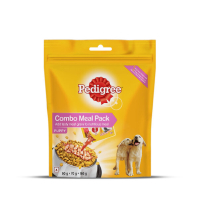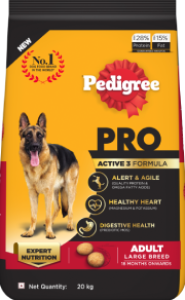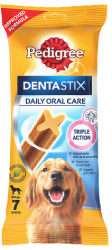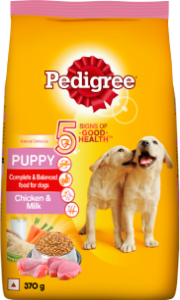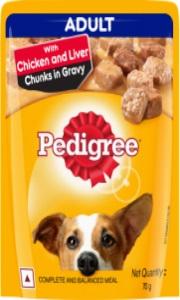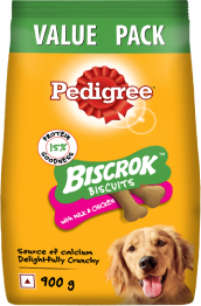
In this section
Dealing With Fleas and Ticks
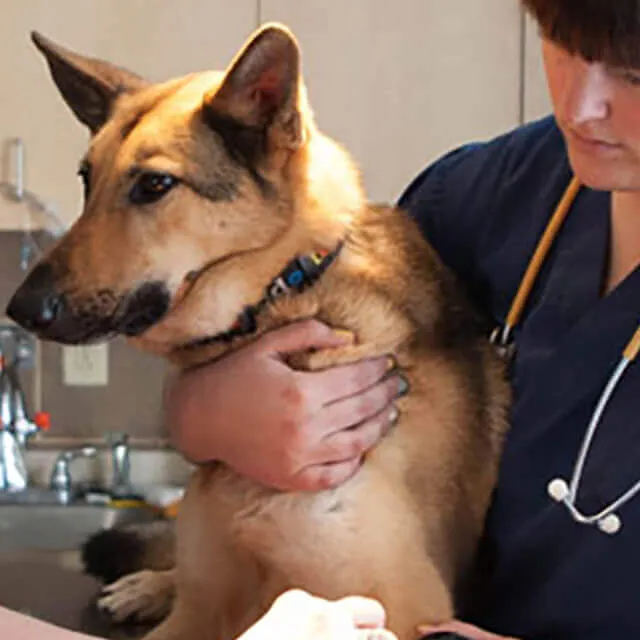
share:
If your dog has fleas, he may be constantly scratching and biting himself, especially along the back and around the base of the tail. Some individuals are actually allergic to the flea's saliva and for these dogs, the bite of a single flea is enough to provoke a violent skin reaction. Fleas can be hard to find on a dog. You may see the brownish-black fleas themselves, moving through your dog's hair or you may notice the presence of dark specks of material - flea dirt (faeces) - in his coat. The female flea lays her eggs in the hair coat of the animal. Because the eggs are not sticky, they tend to fall off the animal into areas where the dog sleeps or plays. The eggs then hatch into very small, worm-like larvae. The larvae feed on organic debris, especially the dried blood droppings (flea dirt) left by adult fleas. The larvae molt and spin cocoons to form pupae that usually emerge as young, hungry adults in about 3 weeks; under certain conditions, however, the pupae can remain dormant for nearly a year. Once emerged, an adult flea can live about 2 weeks before taking a blood meal from a host. Once it begins feeding, it must continue to feed regularly or it will die. Adult females begin laying eggs within 1 to 2 days of feeding.
Ticks lay their eggs (as many as 18,000 in some species) in sheltered areas on or near the ground. Seed ticks hatch from the eggs and climb onto grass to wait for a suitable host. Once on a dog, they attach themselves to the skin and feed on blood, causing painful nodules wherever they attach.
Successful control of ticks and fleas depends on eliminating these pests from the dog and the environment. To control ticks or fleas on a dog, all animals in the household must be part of the flea/ticks control program. Flea and tick control products for adult dogs include a variety of drugs and chemicals available as collars, shampoos, sprays, dips, powders, long lasting topicals, and oral medications.
There are two basic categories of flea/tick control products:
- Adulticide: These products kill adult fleas.
- Insect growth regulators (IGRs)/insect development inhibitors (IDIs): These products prevent fleas/ticks from hatching or maturing.
The veterinarian will choose a product or products that combine safety, efficacy, and ease of use for the client. Often a combination of an adulticide and an IGR or IDI is used.
Environmental Control:
A complete flea and tick control program also includes a thorough treatment of the pet’s environment. Places where dogs spend most of their time will have the greatest numbers of deposited eggs and newly emerged adult fleas and ticks. Thorough cleaning of the house and yard should precede any application of insecticides. It is always best to treat the dog and the environment on the same day. The use of these insecticides must be preceded by a thorough vacuuming; special attention should be paid to the areas under furniture, carpets, near pet bedding, and along moldings. A product containing an IGR and an adulticide should be used as well. Follow label instructions for the proper use of and precautions concerning sprays and shampoos etc. Most products in India are available as liquid concentrate that needs to be diluted in water for use in dogs and environment. Make sure that other pets/dogs he frequently contact/visit are free from fleas and ticks.
Some popular topical Spot-on products which are available with vets are ProMeris, Revolution, Frontline, Advantix or advocate and Vectra 3D. They are safe and applied on the skin once a month. Oral tabs for fleas are programme, Comfortis and Capstar which are given once a month. Likewise we have several concentrated liquid products containing pyrithrins which are diluted in water to 1-2% and used as spray in environment.
Review this article:




